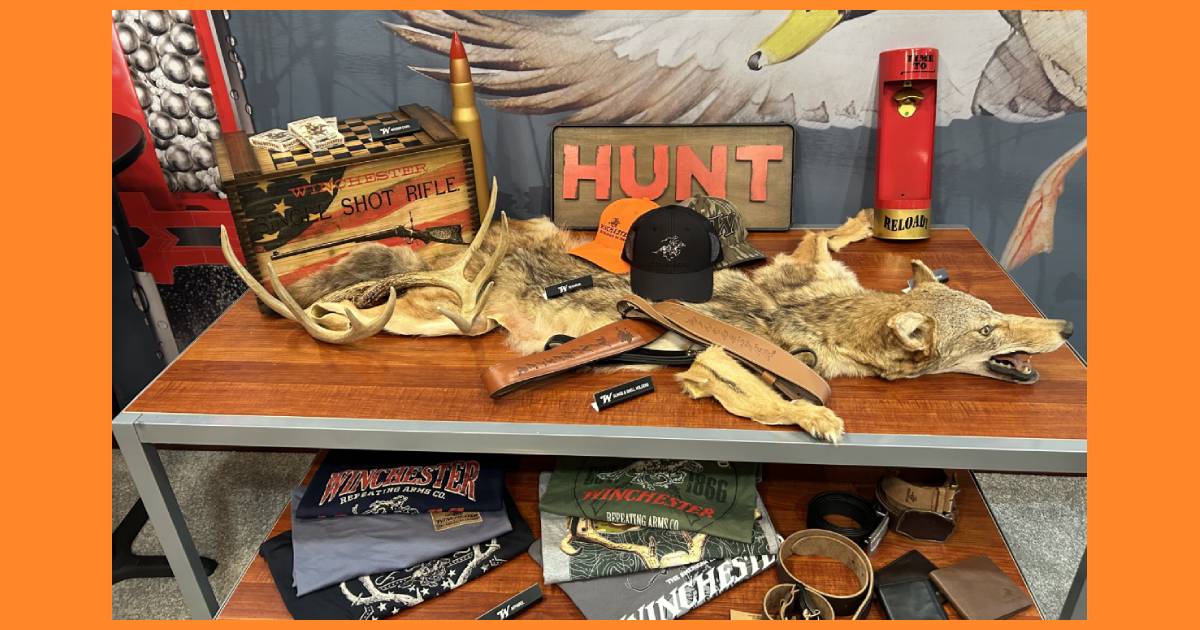Firearms Industry Targets Brand Building

By: Mark Seavy
Firearms dealers and manufacturers are setting their sights on brand building.
This strategy is in response to several considerations, including the fact that the industry has some 52,700 dealers and few national retailers, firearms gross margins that range from 8-14%, and frequent discounts (as much as 15% off the minimum advertised price), according to industry executives at the SHOT Show this week in Las Vegas.
Brand building is a relatively new concept for dealers that have historically built their businesses around providing discounts for products from high-profile names like Winchester, Remmington, Smith & Wesson, and Colt.
“Most firearms retailers don’t think of their stores as brands,” said Michael Goerlich, President of Threshold Strategic Consulting. “There is a generic gun store model offering discounts and most dealers adhere to it, but dealers need to think more like a boutique and less like a general store.”
That means choosing a product selection and focusing on it, Goerlich said, encouraging the bundling of products and brands to offset lower margin firearms. As part of that exercise, dealers should consider cutting their merchandise mix by 25-35% and focusing on displays where firearms are merchandised along accessories like holsters, carrying cases, and other items. This can also involve developing store-branded items that can be packaged free with a purchase or sold as standalone items to promote the store.
The Double U Hunting Supply in Battle Ground, WA, developed branded t-shirts that it can purchase for $6 and sell for $25, offsetting margin pressure from the GPS tracking devices that it specializes in, said the store’s owner Buddy Woodberry. The retailer is also considering membership programs as a means for boosting the store’s brand value.
“It’s hard to do but I have built a community around the store brand and am perceived as someone who knows the business.,” Woodberry said. “The higher margins can save the business because if I relied on the low margin stuff it would be drowning. If I am focusing on my competitors, I am not focusing on my customers.”
Another path to brand building requires IP owners to focus on forming connections with new consumer demographics.
5.11, which operates more than 100 stores, launched as a tactical apparel supplier and unveiled a new S.W.A.T. collection at the SHOW Show. But it also develops “everyday” apparel designed for the office (minus the tactical gear features) under both its core and premium V.XI brand. And Lenny DePaul, the former commander of the U.S. Marshall Service, is getting into the fashion business through tactical apparel (shirts, pants, boots) for law enforcement with the goal of also eventually launching consumer versions.
Signature Products Group, meanwhile, has all-licensed collections under Browning, Carhartt, Hooey (rodeo brand), and Huk (fishing label) as well as $1.5 million in annual sales for a three-product assortment of Carhartt “chore” coats for dogs through Tractor Supply Stores, said Jason Frederick, VP of Product Development at Signature Products Group.
Others are focused on building engagement through partnerships with big names.
For example, Pennsylvania-based Kahr Firearms released a fourth version of a vintage Thompson “Tommy” submachine gun inspired by former President Donald Trump that sells with a 50-round drum and 16.5-inch barrel at $3,118. There is also a .45-caliber pistol bearing Trump’s signature as well as an AR15 rifle. Both products are sold in limited editions of 1,000 units, said Nitin Naik, Director of Engineering and Operations. Outside of its Trump-inspired products, Kahr’s top-end chrome-plated Thompson submachine gun (it owns the rights to vintage versions) sells for $6,233 and has a two- to three-year waiting list, Naik said.
Regardless of which strategy firearms retailers and manufacturers ultimately choose, it’s clear that brand building—and the connection it creates with consumers—is driving purchases across the category.
“There has been a shift within this market from private label to brands given that consumers tend to gravitate towards them,” said Frederick.




